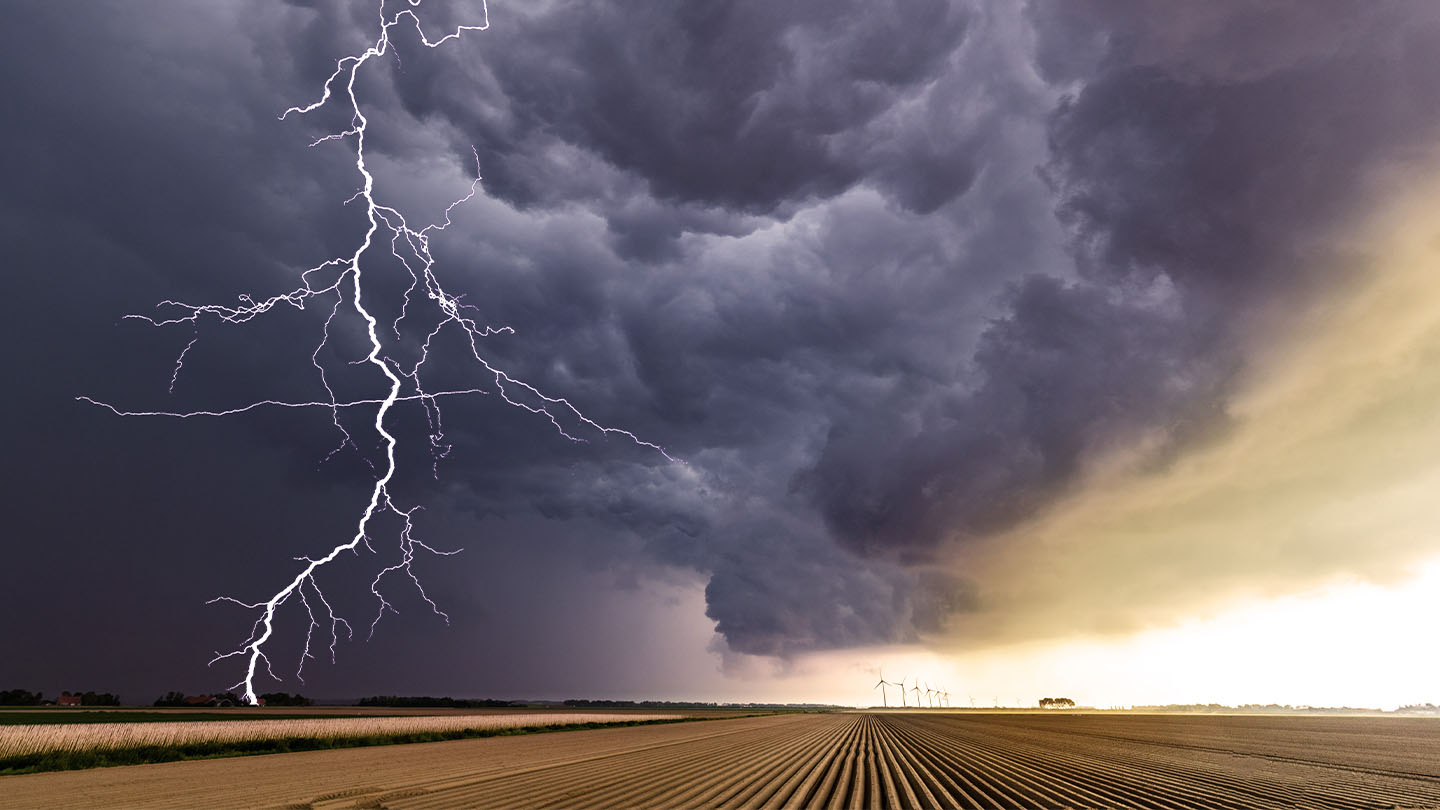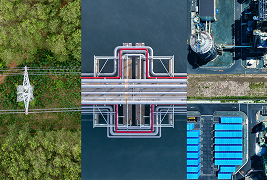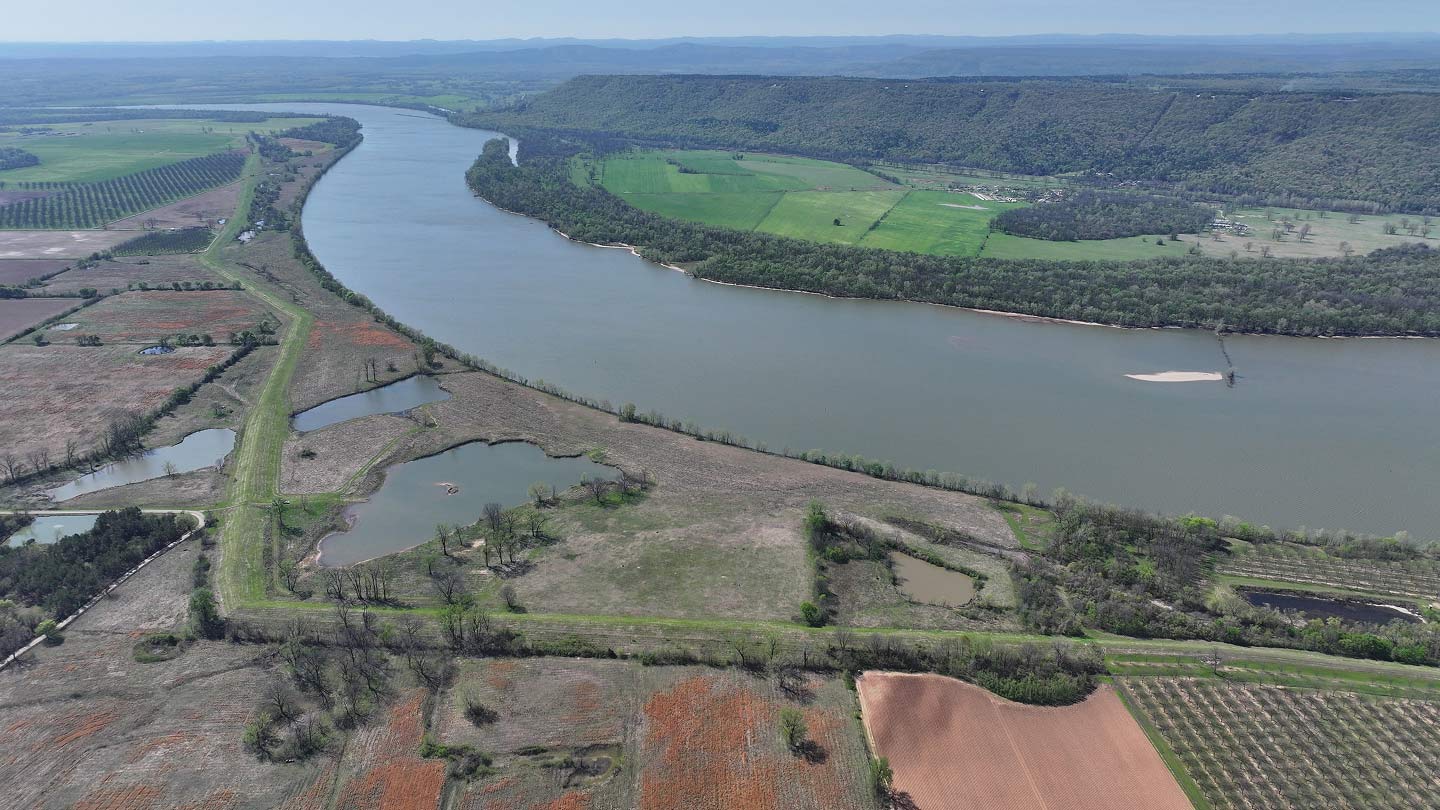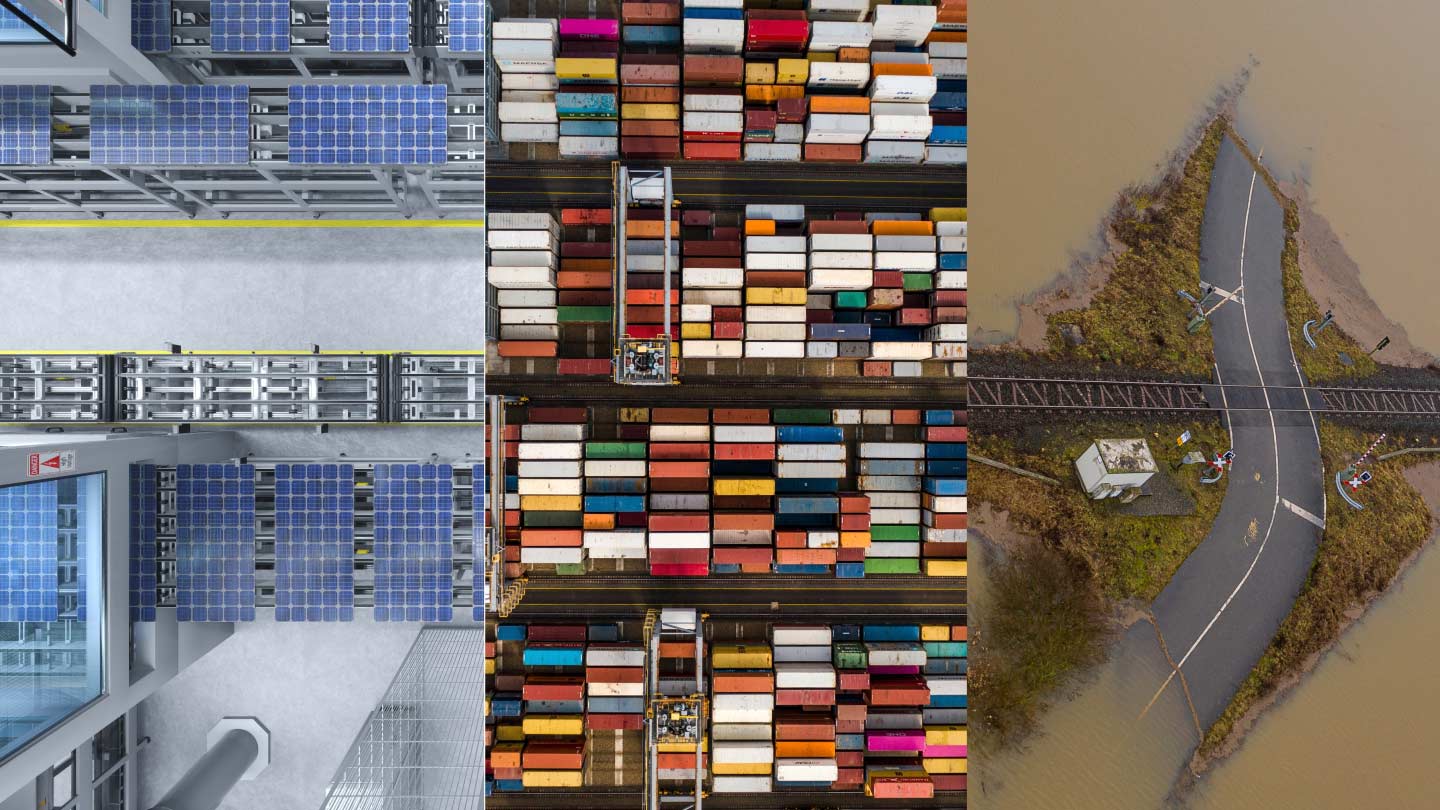
Extreme weather events and natural disasters pose unprecedented problems for global economies, ecosystems and communities. For businesses, these escalating climate challenges create a strategic imperative: Companies that fail to adapt face increased financial losses and operational disruptions, while those that proactively build climate resilience can drive long-term growth and competitive advantages.
Dr. Sarah Kapnick brings a unique perspective to climate adaptation as global head of Climate Advisory at J.P. Morgan. In her role, she advises the bank’s clients on climate, energy, biodiversity and sustainability topics. Previously, Dr. Kapnick was chief scientist at the National Oceanic and Atmospheric Administration (NOAA).
To better understand how businesses can navigate this climate adaptation opportunity, Robert Keepers, head of Climate Tech for J.P. Morgan, spoke to Dr. Kapnick.
 Robert Keepers
Robert Keepers

Dr. Sarah Kapnick
Expert Q&A: Climate adaptation ROI and strategies
Keepers: How do you define climate resilience, and why is it important?
Kapnick: First, it’s important to think of climate resilience alongside climate adaptation. Climate adaptation is the process, or actions, that pursue resilience to extreme weather and climate events. Resilience is essentially the end goal of climate adaptation—it seeks to reduce financial loss and operational exposure to disruptive events in the natural world. It’s crucial because it allows communities and businesses to minimize losses and capitalize on opportunities arising from a changing climate.
Keepers: You’ve written in one of your recent Climate Intuition papers that climate adaptation might be a more helpful way of thinking strategically for new growth opportunities in this changing world. Can you explain this?
Kapnick: Historically, boardrooms, investors and policymakers have mainly focused on climate mitigation—reducing greenhouse gas emissions to slow negative effects of climate. While mitigation can drive innovation and reduce long-term costs, climate adaptation can help ensure operational continuity and opens new market opportunities. Developing strategies for climate adaptation is emerging as a forward-thinking action to realize returns. By identifying businesses for investment, acquisition or supply-chain sourcing that are proactively adapting, companies can diversify for resilience and capitalize on market shifts.
Subscribe to the Climate Intuition series for the latest insights on how climate change impacts strategic decision-making.
Keepers: Can you elaborate on the economic reasons for investing in climate adaptation?
Kapnick: Investing in climate adaptation offers significant economic benefits. Studies show that every dollar spent on adaptation can yield returns ranging from $2 to $43. Adaptation can potentially reduce vulnerability to climate impacts and lower insurance premiums while protecting asset values. It also positions businesses to capitalize on emerging opportunities, such as developing new products that meet changing consumer preferences due to extreme conditions.
$43
Various studies show that every $1 spent on adaptation can yield returns ranging from $2 to $43.
Keepers: How does climate technology play a role in resilience and adaptation?
Kapnick: Climate technology is pivotal in enhancing resilience and adaptation. Technologies like AI-driven weather forecasting, smart electric grids and advanced materials for infrastructure can help predict and mitigate climate impacts. For example, AI can optimize energy use in buildings, reducing costs and emissions. Smart grids can manage electricity distribution efficiently, ensuring stability during extreme weather events. Investing in these technologies could not only potentially mitigate the effects of extreme weather events but could also drive innovation and growth.
Keepers: What about the emergence of AI and the energy and water demands of these data centers?
Kapnick: There’s actually significant potential for innovation and investment opportunity with these data centers. The good thing about the climate tech world is that it evolves quickly. I believe we will see technology adapt within the next 10 years so that data centers can run more efficiently. For example, there are more energy-efficient ways of manufacturing computer chips that are being developed. We’ll see innovation in data center technology respond to growing concerns and stress in the energy market and water supply.
Keepers: What challenges do businesses face in implementing climate adaptation strategies?
Kapnick: Businesses often struggle with the upfront costs and uncertainty associated with climate adaptation. There’s a tendency to prioritize short-term gains over long-term resilience. Additionally, adaptation requires cross-sector collaboration, which can be complex. However, the growing body of research and data on climate impacts provides a clearer picture—for example, factors influencing insurance costs— helping businesses make informed decisions.
Keepers: How do you see the future of climate resilience and technology evolving?
Kapnick: The future of climate resilience and technology is promising. As awareness grows, more businesses are likely to invest in innovative solutions to address climate challenges. Technologies may also become more sophisticated, offering precise tools for managing the changing world.
Learn more
Contact the Green Economy Banking team to learn more about how we can help your company achieve its goals.
JPMorgan Chase Bank, N.A. Member FDIC. Visit jpmorgan.com/commercial-banking/legal-disclaimer for disclosures and disclaimers related to this content.







